The roomier, higher-quality BMW 1-series was shown off at Frankfurt motor show today. The model goes on sale this month and is expected to launch a strong challenge to the Audi A3 and new Mercedes-Benz A-class.
Developed on the same platform architecture as the new 3-series, the 1-series will appear first as a five-door hatch. It will be followed by a new three-door early next year, and will eventually spawn a new generation of up to six model variants.
The most striking feature of the new 1-series, codenamed F20, is its dramatic styling. It maintains the lineage of the outgoing model, which shocked the automotive world with its audacious look.
Significantly, that styling has proved to be a huge hit with customers. Production has stretched to more than a million units since 2004, and sales in the UK hit 32,000 last year, half of which were five-door hatches.
The new 1-series was created under design chief Adrian van Hooydonk, since promoted to BMW Group design head, and takes advantage of the 1-series’ rear-drive proportions to push the cabin further back over the rear axle and extend forward a dominant bonnet.
Most dramatic is the front-end styling, which adopts a flavour of the shark-nose treatment that has featured on recent concepts. The reinterpreted kidney grille leans forward slightly, and next to it the large, angular headlamps are recessed under ‘eyebrows’ to add texture to the front-end styling.
Video: BMW 1-series M coupe vs Porsche Cayman R
Otherwise, the surface treatment is as taut as today’s model, beefed up by a more prominent shoulder and side swage line. And to provide the new 1-series with a larger tailgate aperture than the old model, the tail-lights are pushed to the extremities of the rear end.
In an effort to address the major criticism of today’s car — a tight rear cabin — the new 1-series sits on a 30mm longer wheelbase, which is stretched to 2690mm, just 70mm shorter than today’s 3-series. At least 21mm has been added to the rear legroom, while wider rear door apertures are said to ease access.Overall, the new 1-series is 85mm longer (at 4234mm) and 17mm wider (1765mm) than its predecessor, but has an identical height of 1421mm.
Under the skin, the car features aluminium-intensive suspension with tracks widened by 51mm up front (to 1535mm) and 72mm at the rear (to 1569mm), which liberates interior space and boosts high-speed stability. Uniquely, however, the range-topping 120d uses a slightly narrower 1556mm rear track.
Read more on BMW's next 3-series
As with the old 1-series, the new model sits on a platform that shares many major components, including its MacPherson strut front and multi-link rear suspension, with the larger 3-series. Both continue to be assembled at BMW’s Leipzig factory in Germany.
Unlike the car it replaces, the new 1-series will be engineered with four-wheel drive, although BMW GB says that model is unlikely to be imported to the UK.
These first official images of the new 1-series also reveal its interior to be much more inviting than the sparse-looking cabin of the outgoing model, and in that sense the 1-series moves closer to the X3 and 3-series in terms of plastics and materials quality.
Read Autocar's scoop on the new front-drive BMW 1-series
There’s also been a conscious effort to improve everyday usability, with added oddment space up front, including a larger centre armrest and door bins that accept one-litre bottles.Luggage capacity has also expanded by 30 litres to an impressive 360 litres. That’s 10 litres more than the Volkswagen Golf and 44 litres more than a Ford Focus, making for class-leading luggage volume. With the 60/40 split rear seats folded down, carrying capacity extends to 1200 litres.
In keeping with the trend for engine downsizing, the new 1-series will be sold exclusively with four-cylinder engines. The launch line-up includes two petrol models, both of which use a longitudinally mounted version of the direct-injection 1.6-litre unit recently unveiled in the Mini Cooper. It produces 136bhp in the base 116i and 170bhp in the 118i.
There will also be a trio of diesel models from the outset of UK sales. They all use the same basic 2.0-litre engine, which has been tuned to deliver 116bhp in the 116d, 143bhp in the 118d and 184bhp in the 120d. BMW claims the 116d returns 65.7mpg and emits 114g/km of CO2.
Initially, the fastest model will be the 120d, which is claimed to hit 62mph from a standstill in 7.2sec and go on to 142mph.
Full story - 1-series owners 'think their car's FWD'
BMW plans to introduce more powerful models in 2012, including a range-topping 128iS powered by the turbocharged 2.0-litre, four-cylinder engine unveiled in the X1 xDrive28i and Z4 earlier this year.
With 245bhp and 243lb ft of torque, the Volkswagen Golf GTI-rivalling hatchback is claimed to eclipse the performance of the outgoing naturally aspirated 3.0-litre, six-cylinder 130i, with 0-62mph in under 6.0sec and a 155mph top speed. However, the car’s future in the diesel-dominated British market is still to be decided.
Also on the way is a frugal new 1.5-litre, three-cylinder turbocharged engine in both direct-injection petrol and common-rail diesel forms. Insiders suggest power of around 120bhp and, in diesel form, over 70mpg.
As with the first generation 1-series on sale here since 2004, all engines come with a six-speed manual gearbox as standard, but a welcome first is the option of a ZF eight-speed automatic ’box.
As part of BMW’s Efficient Dynamics initiative, the most affordable BMW model also receives automatic stop-start, low-resistance tyres, brake energy recuperation, automatically disconnecting ancillary components and, on manual versions, an optimal gearshift indicator.
Perhaps the most intriguing model is the 116bhp, 116d Efficient Dynamics which has an official Co2 rating of just 99g/km and a 0-62mph time of 10.6sec.
The entry-level BMW comes with a long list of optional features, many of which are unique in the hatchback class. Among them are high beam assist, reversing camera, a lane departure warning system including collision warning, cruise control with brake function, speed limit sign recognition, internet connectivity and the latest in social networking functions, including Twitter and Facebook apps.
Price rises appear to have been kept in check, however. While the base 116i ES jumps by £795 to £19,375, the best-selling 118d SE drops by £215 to £22,030. There’s also an increase in the levels of standard equipment, including iDrive and a display screen on all models.
There is also a new mid-spec Urban trim level, which will be priced the same as Sport but will feature different combinations of interior trim and equipment.

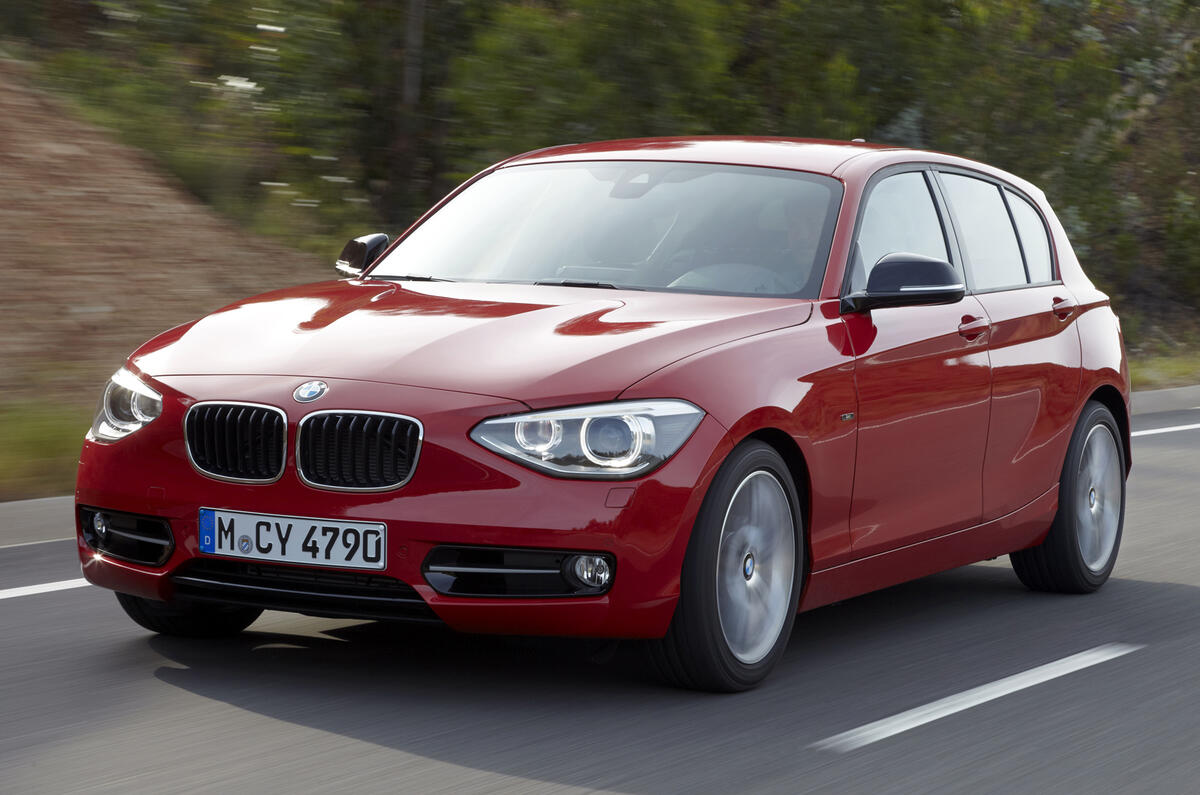
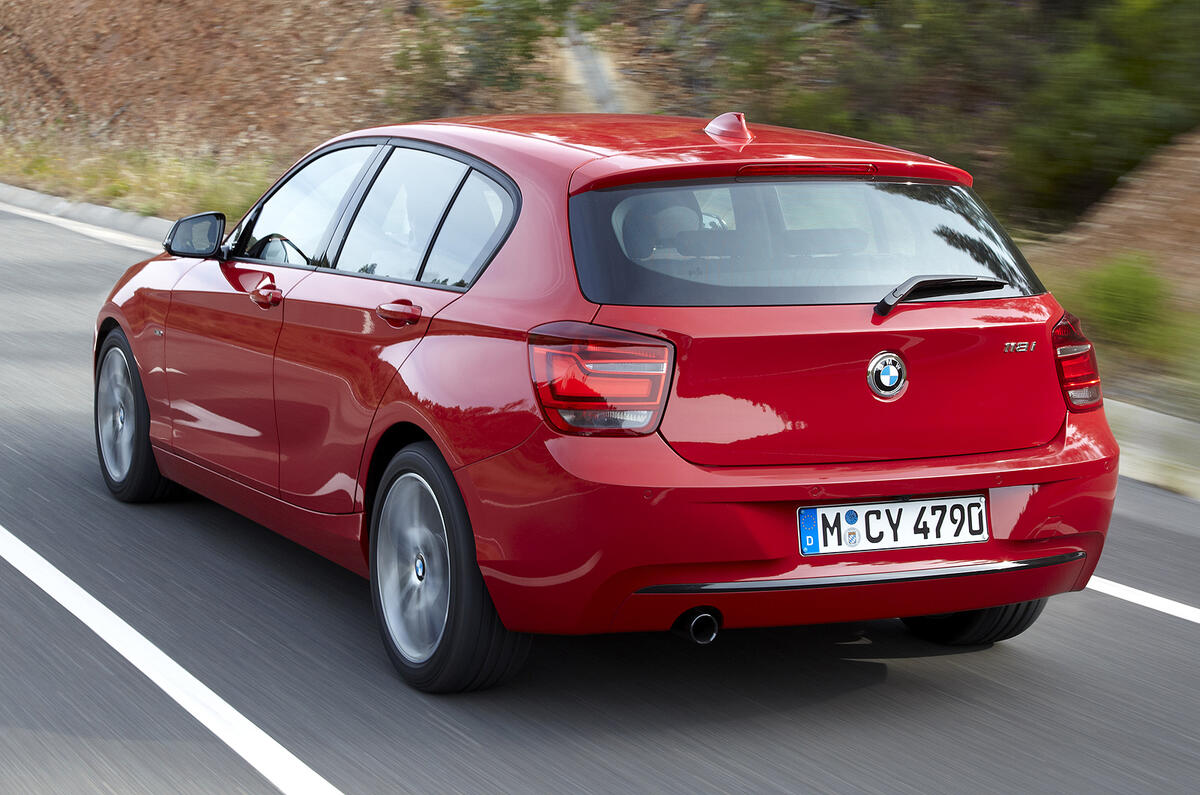

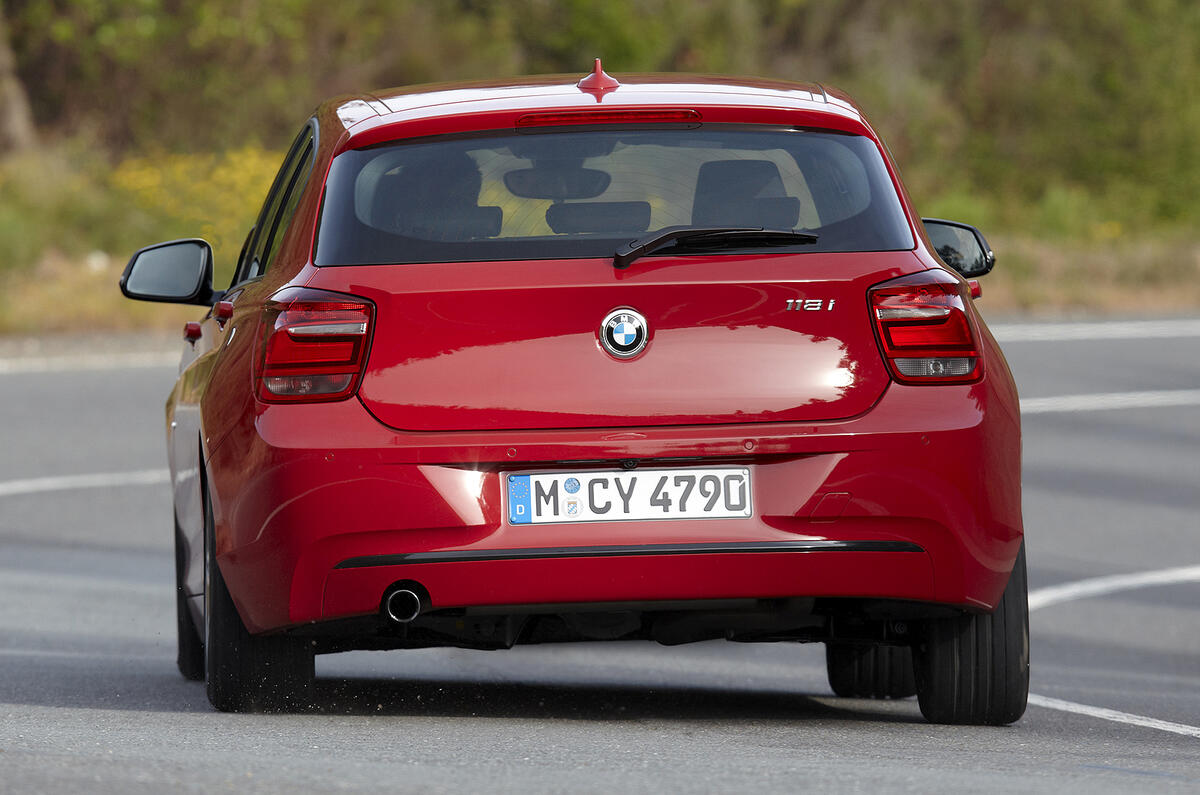
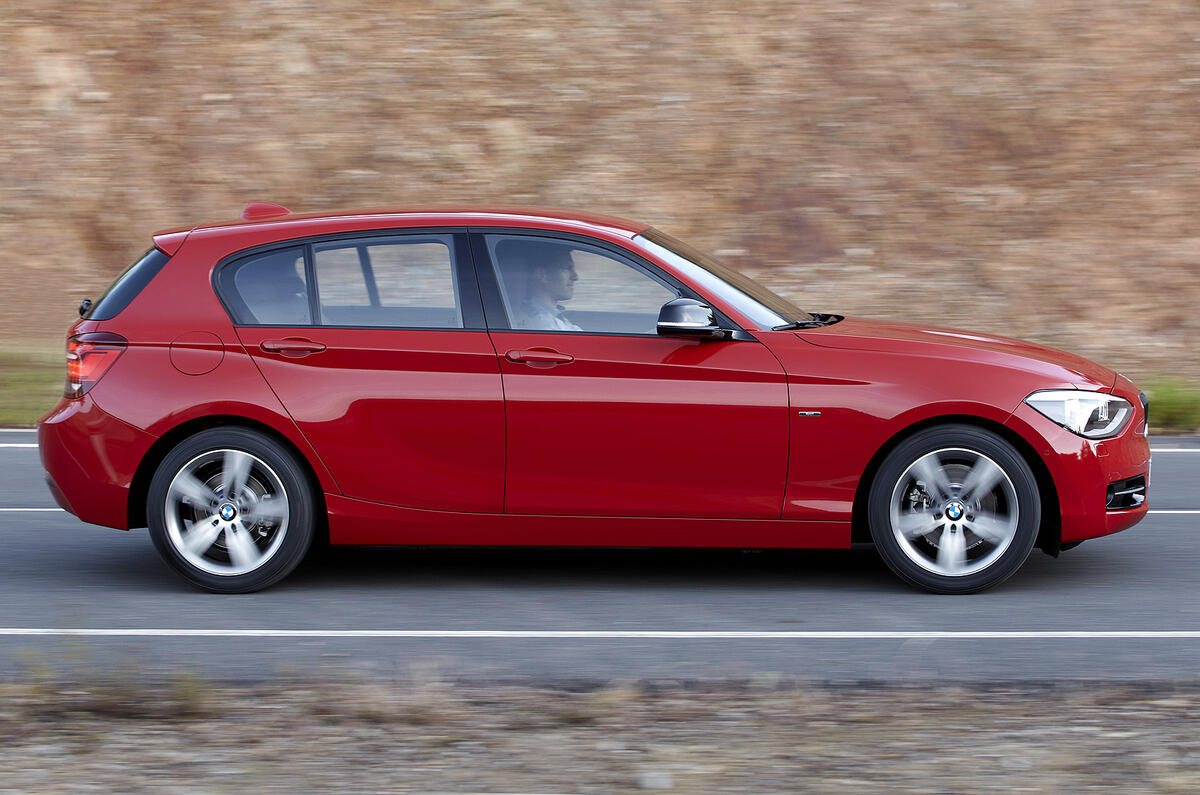
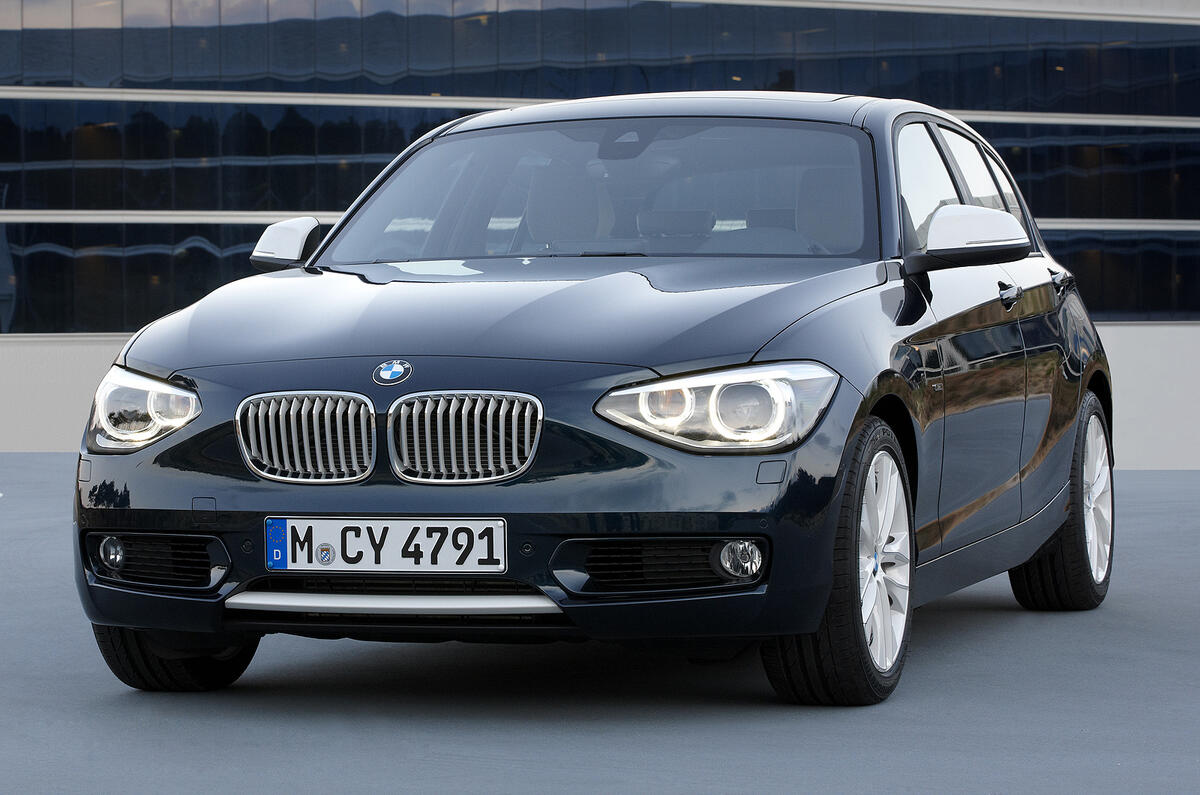
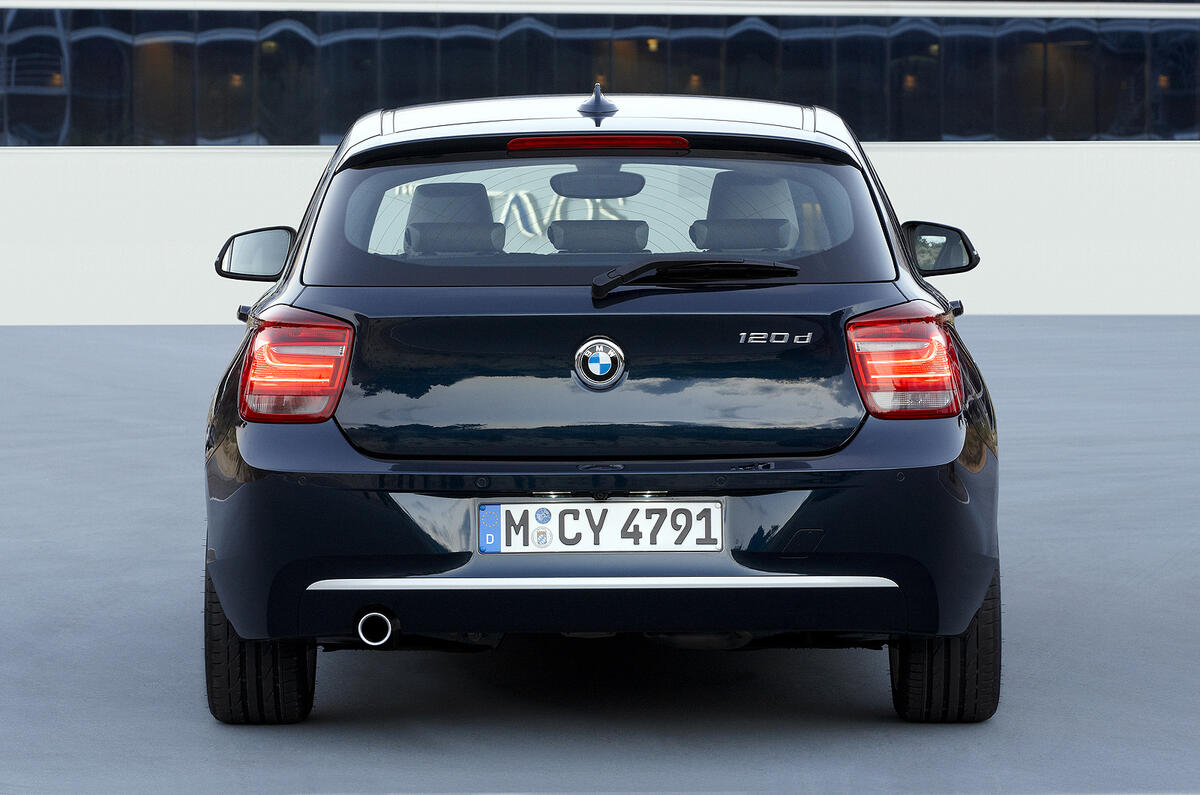
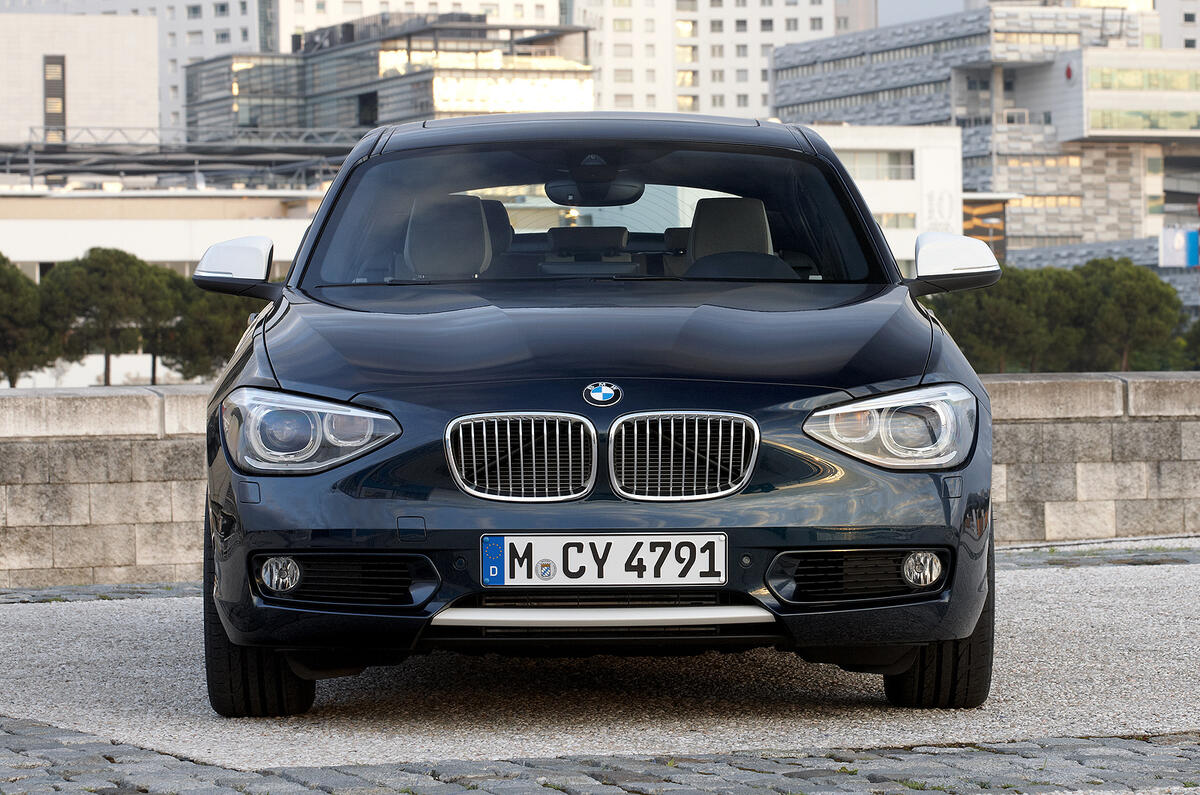
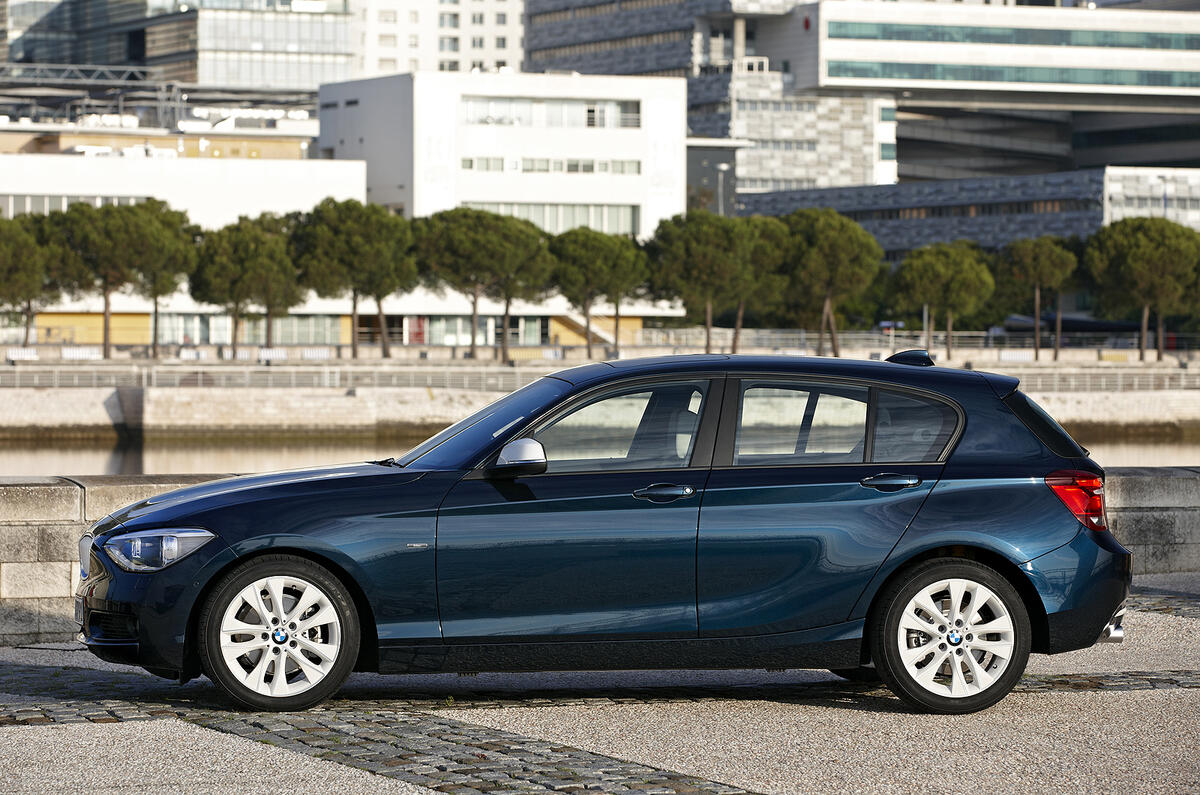
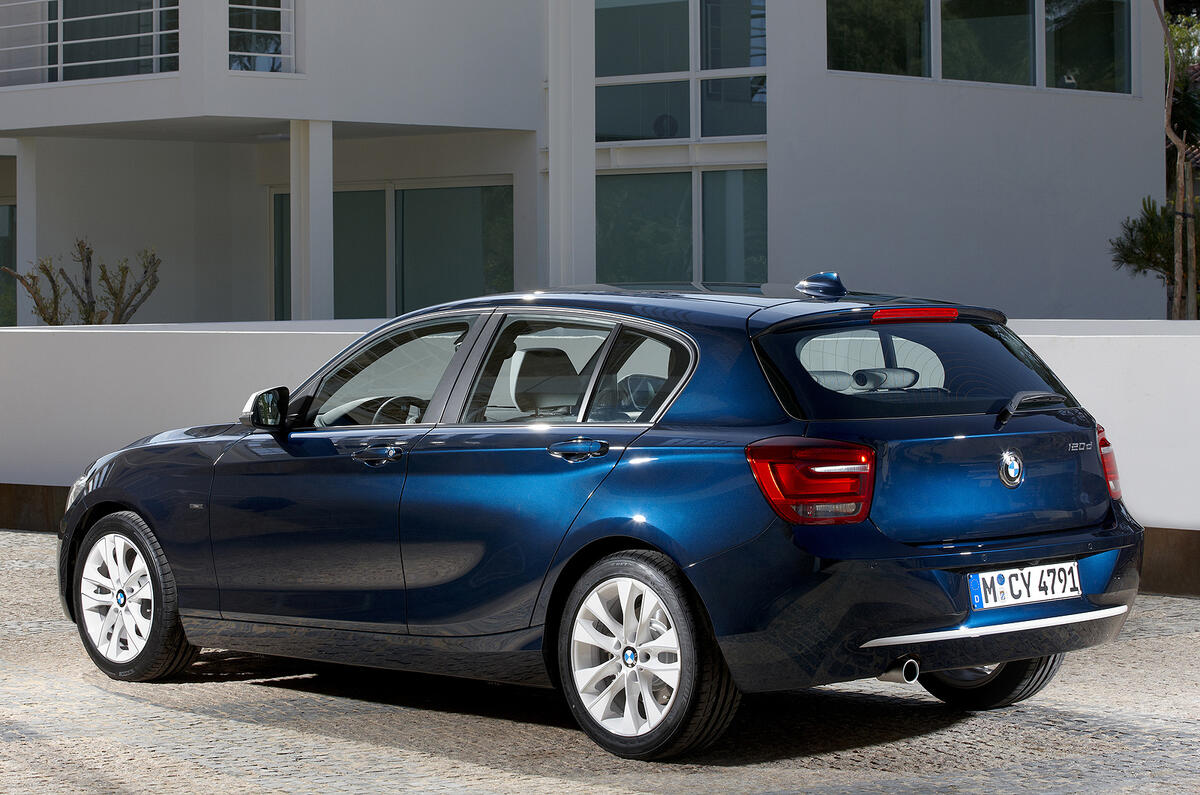
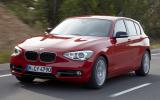
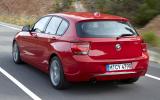
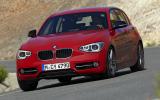
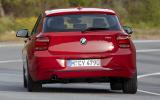
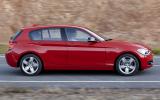
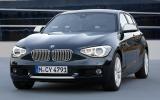
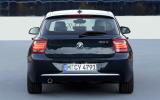





Add your comment